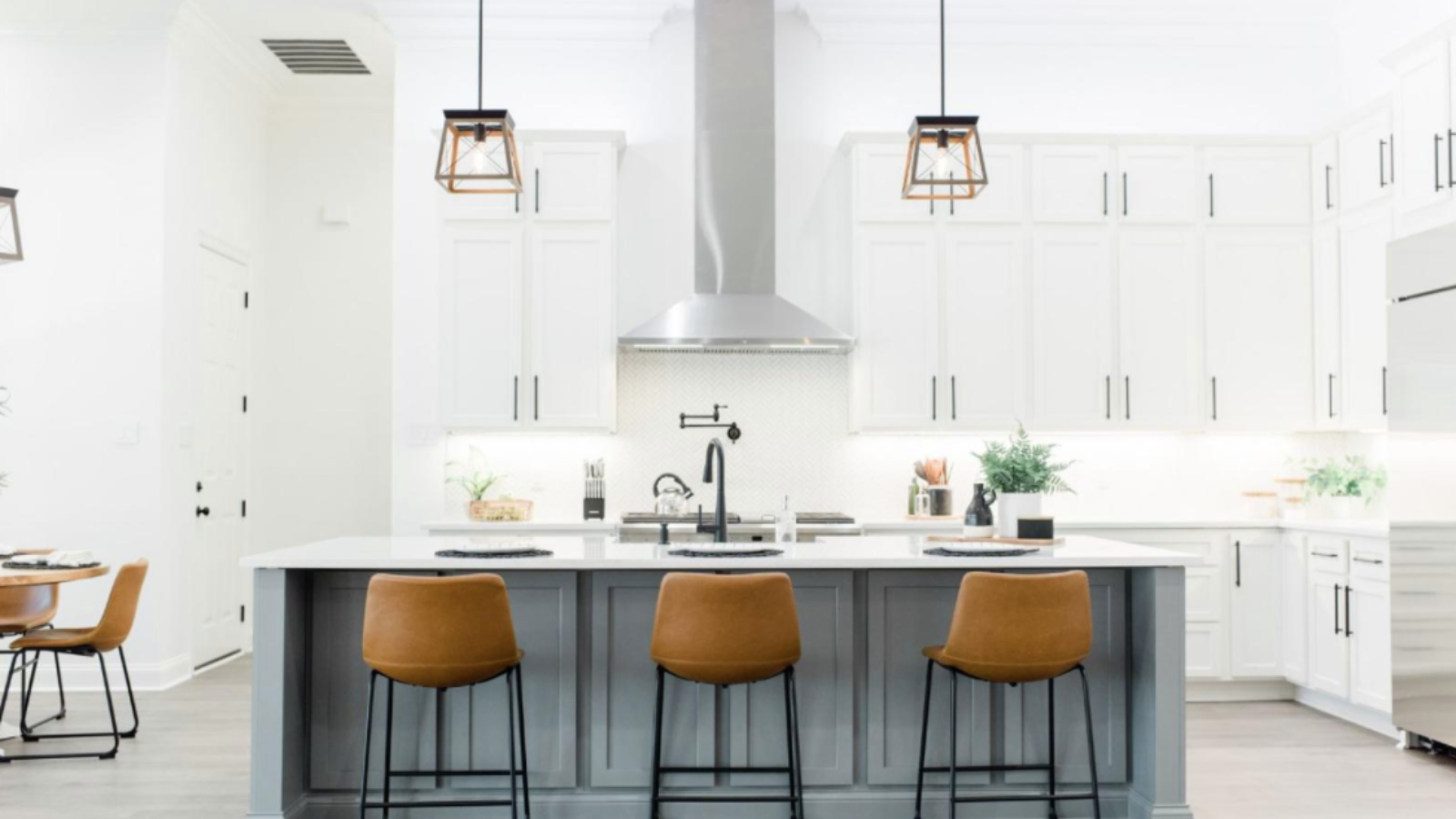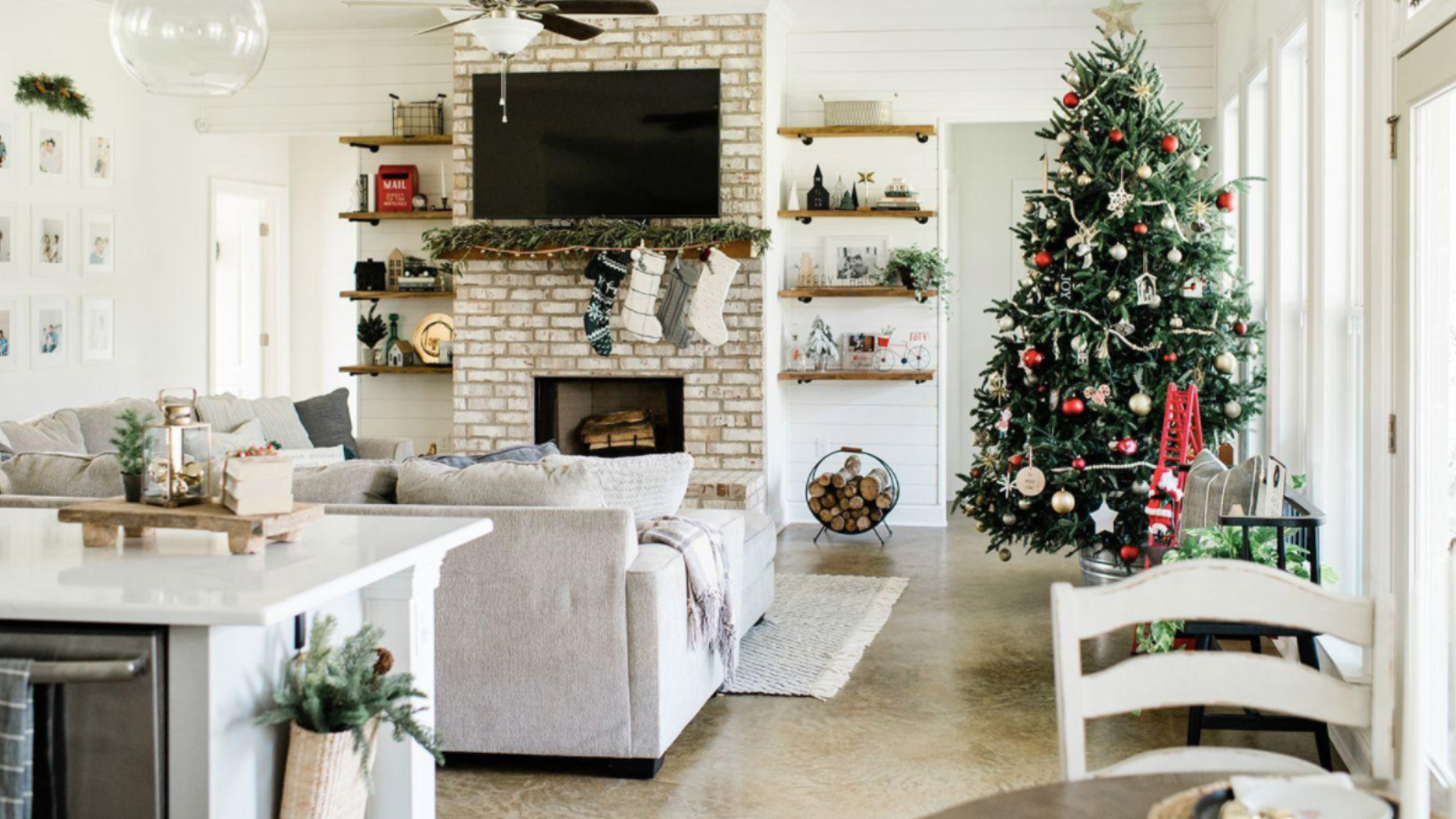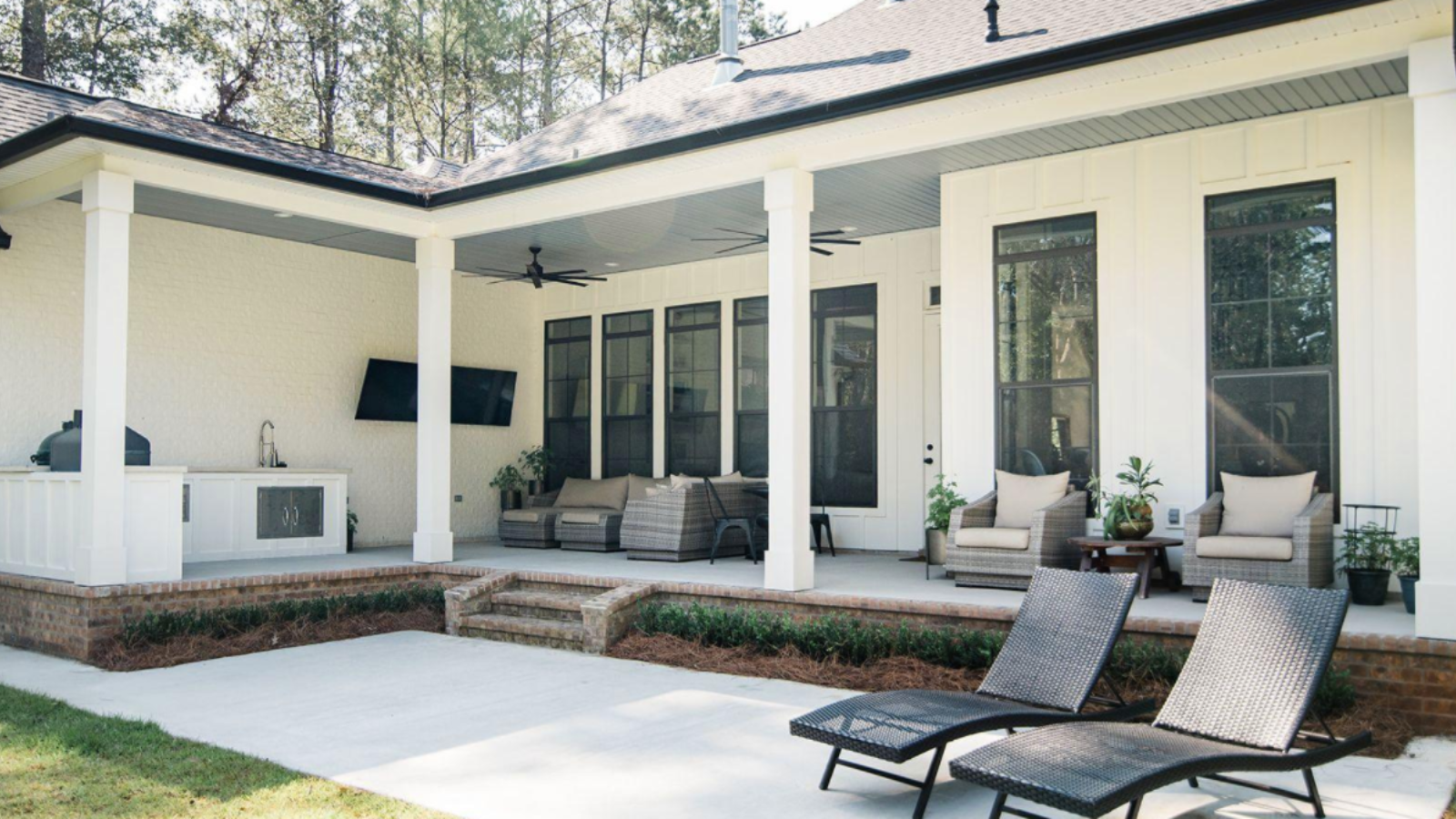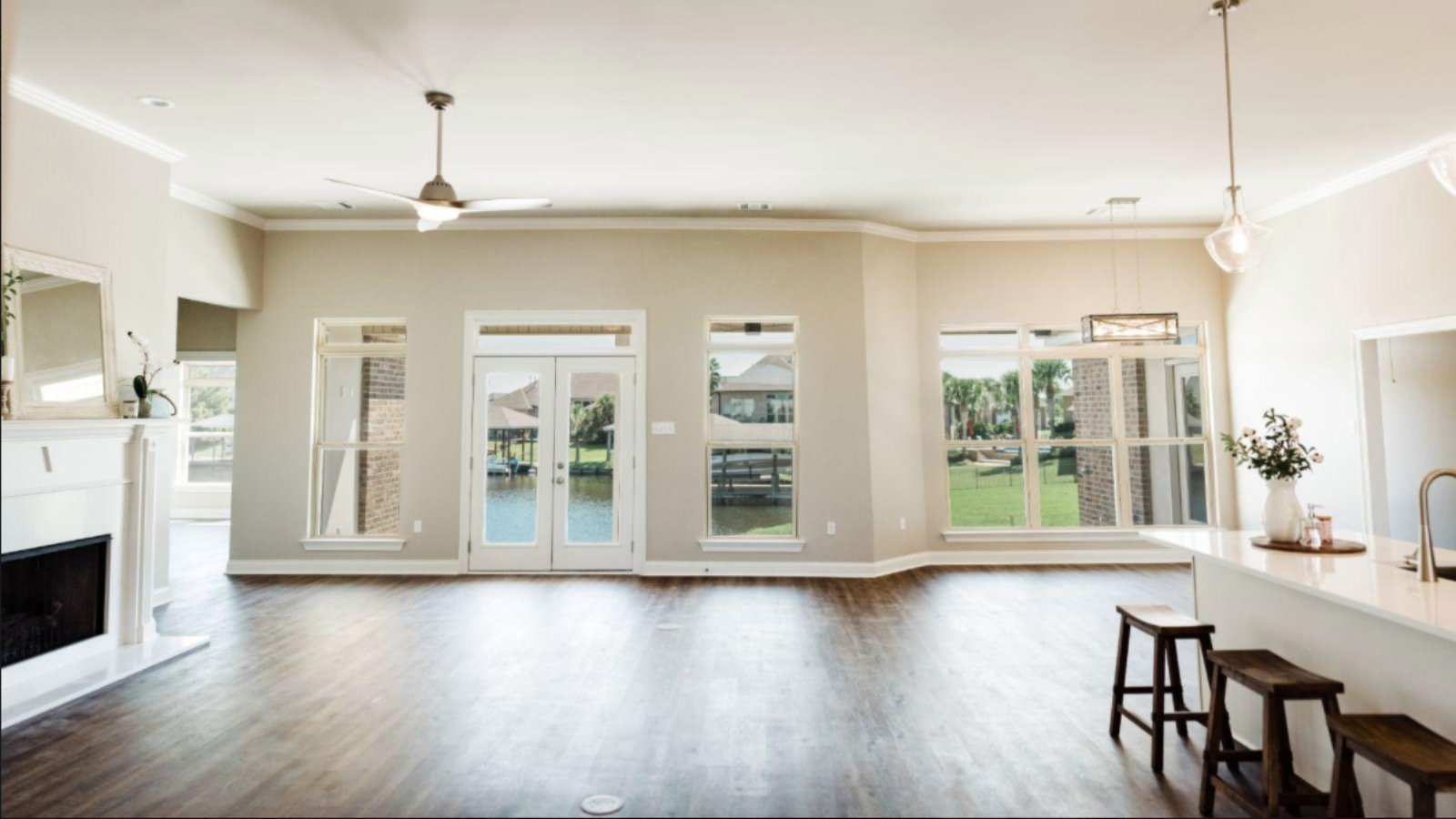News
Energy-Efficient Features to Consider for Your New Home
Building or buying a new home is an exciting milestone, but it also comes with critical decisions that can impact your long-term comfort, costs, and environmental footprint.
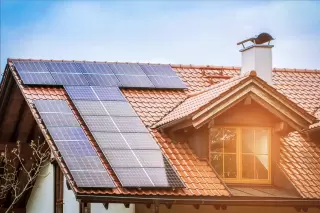
Introduction
One of the smartest choices you can make is investing in an energy-efficient home. With rising utility costs and growing concerns about sustainability, homeowners are increasingly prioritizing eco-friendly homes that reduce energy consumption while maintaining modern comfort. In this guide, we’ll explore key sustainable building features that enhance efficiency, lower bills, and contribute to a greener future.
Why Energy Efficiency Matters in Homebuilding
A home’s energy efficiency determines how much power it consumes for heating, cooling, and daily operations. According to the U.S. Department of Energy, homes with energy-efficient features use up to 30% less energy than standard homes, resulting in significant savings. Beyond cost reductions, these homes offer better indoor air quality, enhanced durability, and a smaller carbon footprint—making them a win-win for homeowners and the environment alike.
Key Energy-Efficient Features to Consider
1. High-Performance Insulation
A well-insulated home minimizes heat loss in winter and keeps interiors cool in summer, reducing the need for excessive heating or air conditioning. Consider:
- Spray foam insulation for airtight sealing.
- Rigid foam board insulation for basements and crawl spaces.
- Blown-in cellulose for superior coverage in attics.
2. Energy-Efficient Windows and Doors
Traditional windows and doors are major culprits of heat gain and loss. Upgrade to:
- Double or triple-pane windows with low-E coatings.
- Weatherstripped and insulated doors to prevent drafts.
- Smart glass technology that adjusts tint based on sunlight exposure.
3. Solar Panels and Renewable Energy Sources
Harnessing solar power reduces dependence on traditional electricity sources. Benefits include:
- Lower electricity bills with net metering.
- Federal and state incentives for solar panel installations.
- Increased home value and long-term energy savings.
4. Smart Thermostats and Home Automation
Modern smart thermostats help optimize energy use by adjusting temperatures based on your schedule. Features to look for:
- Learning capabilities that adapt to your habits.
- Remote control via mobile apps.
- Integration with other smart home devices.
5. Energy-Efficient Appliances
ENERGY STAR-certified appliances use 10-50% less energy than their non-certified counterparts. Upgrade to:
- High-efficiency HVAC systems.
- Smart refrigerators and dishwashers.
- Induction cooktops that use less electricity than traditional stoves.
6. LED Lighting
Switching to LED bulbs significantly reduces energy use and lasts longer than incandescent bulbs. Advantages:
- 75% less energy consumption.
- Lifespan of up to 25,000 hours.
- Available in various brightness and color temperatures.
7. Water-Saving Fixtures
Reducing water waste is an essential part of a sustainable home. Look for:
- Low-flow toilets and faucets to minimize water usage.
- Tankless water heaters for on-demand hot water without standby heat loss.
- Greywater recycling systems for landscaping irrigation.
8. Cool Roofing and Reflective Materials
A cool roof reflects more sunlight and absorbs less heat, keeping your home naturally cooler. Consider:
- Metal or tile roofing with reflective coatings.
- Light-colored shingles to reduce heat absorption.
- Green roofs with vegetation for natural insulation.
Overcoming Common Challenges in Building an Energy-Efficient Home
Is an Energy-Efficient Home More Expensive?
While upfront costs may be higher, energy-efficient homes offer long-term savings through lower utility bills and maintenance costs. Many energy-efficient upgrades qualify for tax incentives and rebates, further offsetting initial investments.
How Can I Ensure My Home Is Truly Energy Efficient?
Work with a builder specializing in sustainable building practices.
Request an energy audit to identify areas for improvement.
Look for ENERGY STAR certification and LEED accreditation when selecting materials and appliances.
Do Energy-Efficient Homes Require More Maintenance?
Not necessarily. Many energy-efficient features, like LED lighting and solar panels, have longer lifespans and lower maintenance needs than traditional options.
Conclusion
Investing in an energy-efficient home is a smart decision that enhances comfort, reduces utility costs, and promotes sustainability. By incorporating sustainable building features like insulation, energy-efficient appliances, and smart home technology, homeowners can enjoy both immediate and long-term benefits.
At Cretin Townsend Homes, we specialize in building eco-friendly homes tailored to your lifestyle and energy goals. Contact us today to learn how we can help you create the sustainable home of your dreams!

